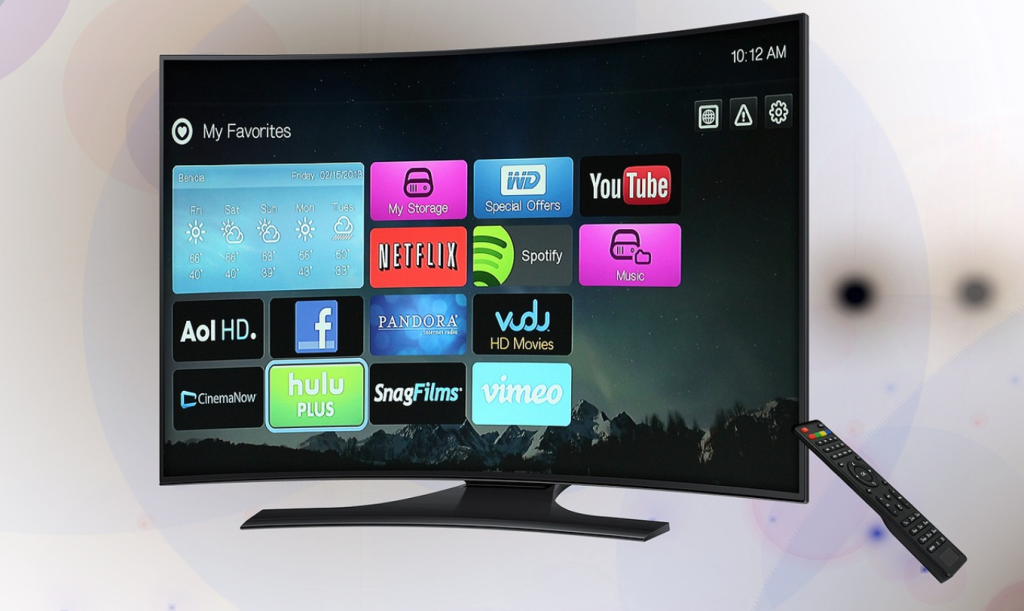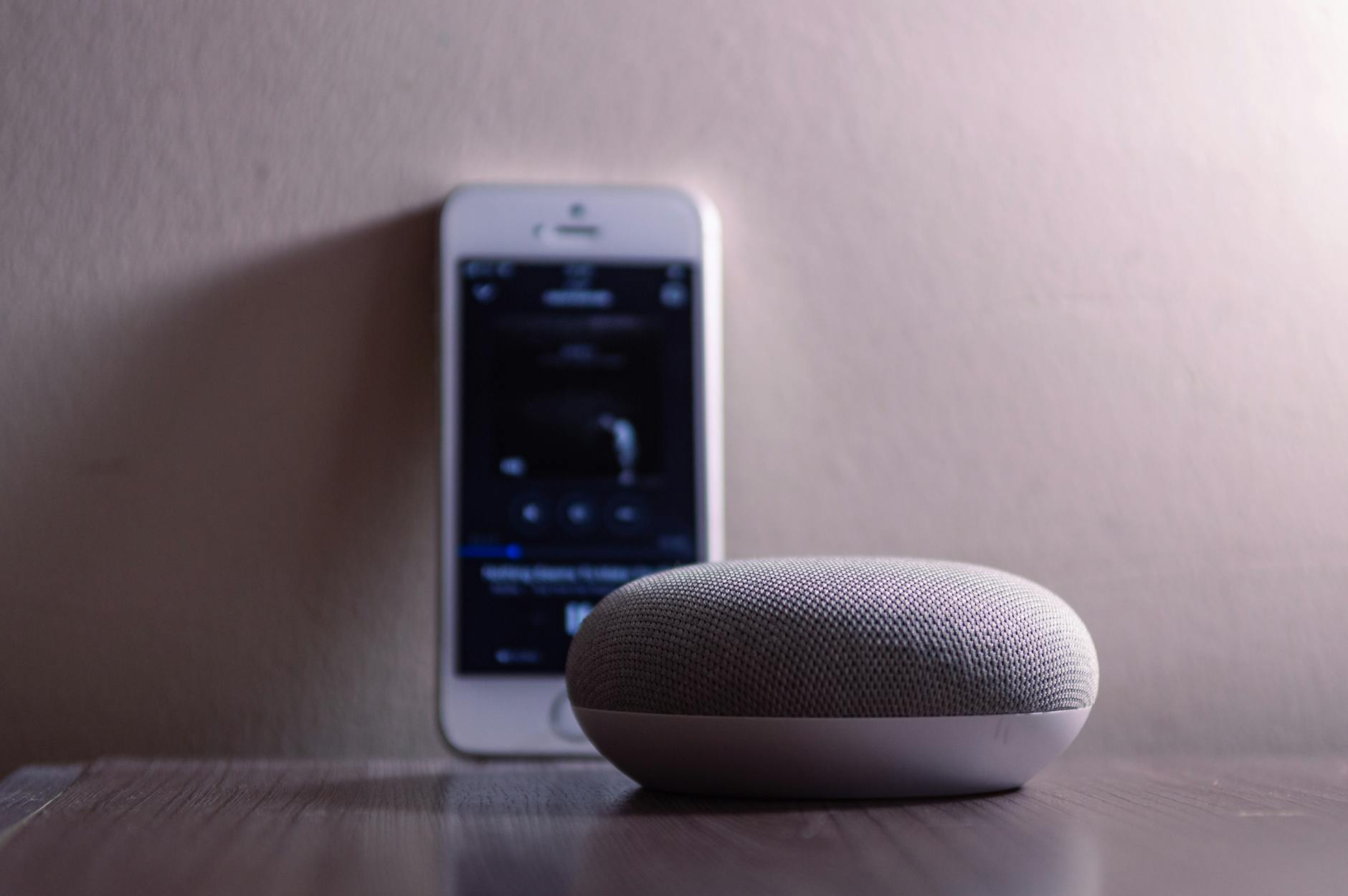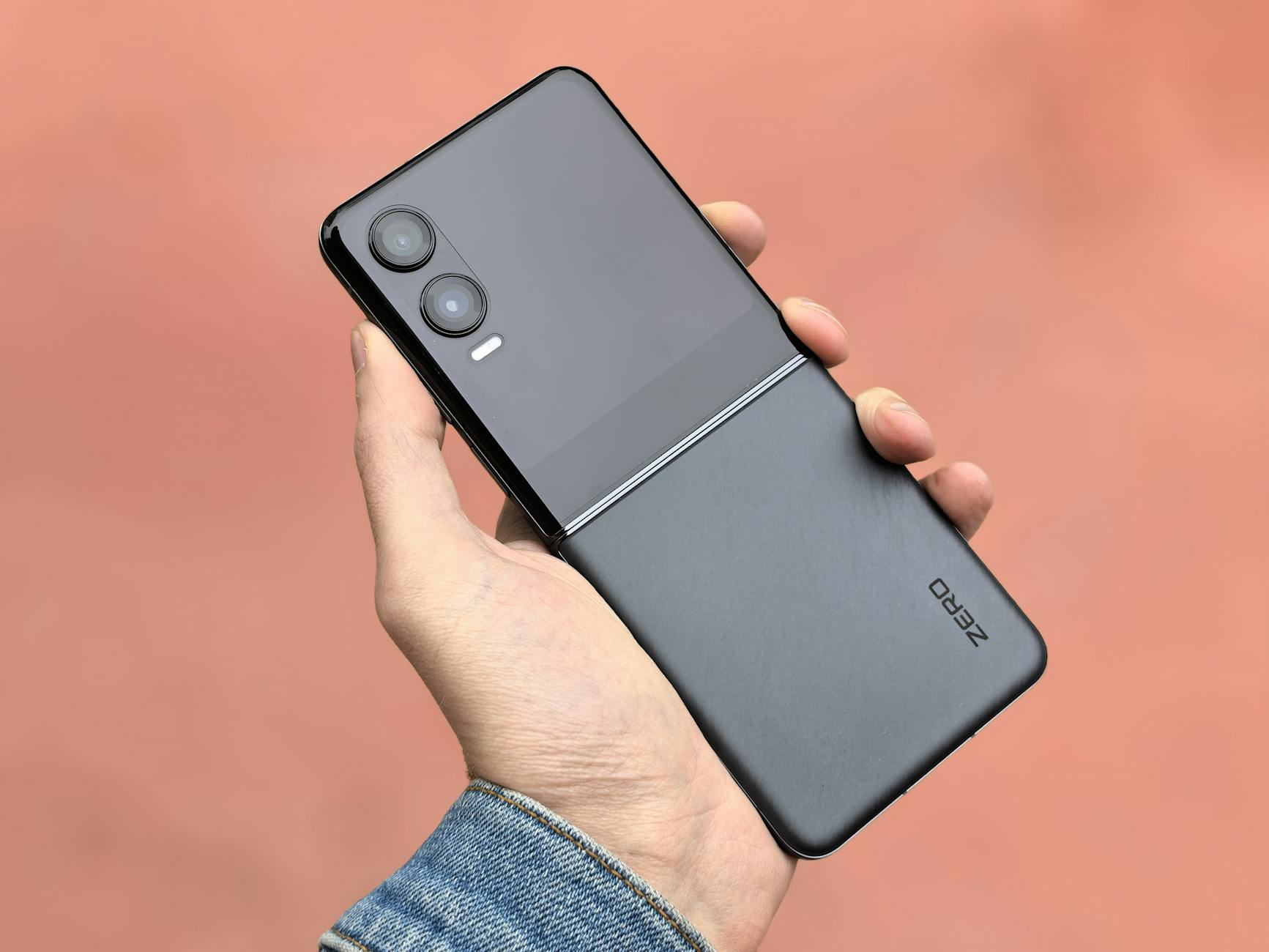Picture this: you’re curled up on the couch, popcorn in hand, ready to binge the latest Netflix series in jaw-dropping detail. But is your TV up to the task? In 2025, streaming is king, and a top-notch 4K TV is your ticket to a cinematic experience at home. With so many options out there, how do you pick the perfect one? Don’t worry—I’ve got you covered. This guide dives deep into the best 4K TVs for streaming, breaking down features, top picks, and setup tips to ensure every pixel pops. Let’s find the TV that’ll make your streaming sessions unforgettable.
Why 4K TVs Are Perfect for Streaming
Streaming in 4K is like upgrading from a flip phone to a smartphone—it’s a game-changer. The ultra-high resolution (3840×2160 pixels) delivers four times the detail of Full HD, making every scene crisp and lifelike. Whether you’re watching a nature documentary or a high-octane action flick, 4K TVs bring out textures, colors, and details that standard TVs just can’t match.
The Rise of 4K Content
Streaming platforms are doubling down on 4K. Netflix, Amazon Prime Video, Disney+, and YouTube now offer a treasure trove of 4K content, from blockbuster movies to exclusive series. Even live sports are jumping on the 4K bandwagon, with services like YouTube TV offering 4K add-ons. With this explosion of content, a 4K TV isn’t just a luxury—it’s a must-have to keep up with the streaming revolution.
How 4K Enhances Your Viewing Experience
Why does 4K feel so immersive? It’s all about the details. Imagine watching The Mandalorian and seeing every scratch on Baby Yoda’s ship or the subtle glow of a lightsaber. 4K TVs, paired with HDR (High Dynamic Range), boost contrast and color, making dark scenes inky black and bright moments dazzling. It’s like stepping into the director’s vision, right from your living room.

Key Features to Look for in a 4K TV for Streaming
Not all 4K TVs are created equal. To get the most out of your streaming, you need a TV with the right tech. Let’s break down the must-have features that’ll elevate your Netflix nights.
HDR and Color Accuracy
HDR is the secret sauce for stunning visuals. Formats like Dolby Vision and HDR10+ enhance brightness and contrast, making colors pop and shadows deeper. A TV with a wide color gamut (think vibrant reds and lush greens) ensures your streams look as intended. Look for models that support multiple HDR formats for maximum compatibility with streaming apps.
Smart TV Platforms
A clunky interface can kill your streaming vibe. Modern 4K TVs come with smart platforms like Roku, Google TV, Tizen (Samsung), or webOS (LG). These systems give you instant access to apps like Netflix, Hulu, and Disney+. Google TV stands out for its customizable interface and robust search, while Roku is a fan favorite for its simplicity. Pick a platform that feels intuitive and supports your go-to services.
Refresh Rates and Motion Handling
Ever notice motion blur during fast-paced scenes? A higher refresh rate (120Hz vs. 60Hz) smooths out action, which is crucial for sports or gaming streams. Features like Variable Refresh Rate (VRR) and Auto Low Latency Mode (ALLM) also help, especially if you mix streaming with gaming. For most streamers, a 60Hz panel is fine, but 120Hz adds future-proofing.
Top 5 4K TVs for Streaming in 2025
After digging through expert reviews and testing data, I’ve rounded up the five best 4K TVs for streaming in 2025. These picks balance picture quality, smart features, and value to suit different budgets and needs.
Samsung S90D OLED
The Samsung S90D OLED is a streaming superstar. Its QD-OLED panel delivers vibrant colors and perfect blacks, making HDR content shine. With a peak brightness of around 1,400 nits, it handles bright rooms well, and its Tizen OS offers a slick interface with every major streaming app. Gamers will love its 144Hz refresh rate and four HDMI 2.1 ports, but streamers will appreciate its low input lag for responsive navigation.
Why It’s Great for Streaming
The S90D’s HDR10+ support ensures vivid visuals, though it skips Dolby Vision. Its Gaming Hub and cloud streaming services like Xbox Game Pass make it a versatile pick for entertainment junkies. If you want a premium TV that makes every stream look cinematic, this is it.
LG C4 OLED
The LG C4 OLED is a crowd-pleaser, blending stellar picture quality with a user-friendly webOS platform. Its WOLED panel offers infinite contrast and perfect blacks, ideal for dark-room streaming. With Dolby Vision and DTS:X support, it’s a home theater dream. Available in sizes from 42 to 83 inches, it fits any space.

Streaming Strengths
LG’s webOS is buttery smooth, with quick app loading and AI-enhanced upscaling that makes even non-4K content look sharp. The C4’s excellent image processing ensures low-bitrate streams stay artifact-free, perfect for binge-watching on a budget internet plan.
Hisense U8N
The Hisense U8N is a mini-LED marvel that punches above its price. With a peak brightness of over 3,000 nits, it’s a beast in bright rooms, and its full-array local dimming rivals OLED contrast. Google TV powers its streaming, offering a vast app library and voice control. At under $1,000 for a 65-inch model, it’s a steal.
Best for Budget Streamers
The U8N’s quantum dots and Dolby Vision support deliver rich colors, while its 120Hz panel ensures smooth motion. Google TV’s personalized recommendations make finding new shows a breeze. If you want premium performance without breaking the bank, this is your pick.
Sony Bravia 9 QLED
Sony’s Bravia 9 QLED is a bright-room champion, thanks to its mini-LED backlight and 2,000+ nits of brightness. Its Google TV interface is snappy, and Sony’s XR processor delivers pinpoint color accuracy. This TV excels at upscaling, so even SD streams look crisp.

Premium Streaming Experience
The Bravia 9’s support for Dolby Vision and DTS audio makes it a cinephile’s dream. Its Acoustic Multi-Audio system offers better-than-average sound, reducing the need for a soundbar. For streamers who crave precision, this TV delivers.
TCL QM7 QLED
The TCL QM7 QLED is a budget-friendly gem with surprising power. Its 144Hz refresh rate and Google TV platform make it a versatile choice for streaming and gaming. With quantum dots and local dimming, it offers solid HDR performance for the price, often dipping below $700 for a 65-inch model.
Affordable Streaming Powerhouse
The QM7’s Google TV interface is intuitive, and its HDR10+ support ensures vibrant visuals. While it’s not as bright as premium models, it’s a fantastic value for casual streamers who want quality without the splurge.
How to Choose the Right 4K TV for Your Needs
Picking a 4K TV can feel like navigating a tech jungle. Here’s how to match your streaming habits to the perfect model.
Room Size and Viewing Distance
Bigger isn’t always better. A 55-inch TV is great for small rooms, while 65-75 inches suits larger spaces. Aim for a viewing distance of 1-1.5 times the screen size (e.g., 6-9 feet for a 65-inch TV) to fully appreciate 4K’s detail. Too close, and you’ll see pixels; too far, and you’ll miss the magic.
Budget Considerations
You don’t need to spend a fortune for great streaming. Budget models like the Hisense U6N offer solid 4K performance for under $500, while premium OLEDs like the LG G5 push $2,000+. Decide what features matter most—HDR, refresh rate, or smart platform—and prioritize accordingly.
Setting Up Your 4K TV for Optimal Streaming
Got your shiny new TV? Let’s make sure it’s ready to stream like a champ.
Calibrating Picture Settings
Out of the box, most TVs are too bright or oversaturated. Switch to “Filmmaker Mode” or “Cinema” for accurate colors, and tweak brightness to suit your room (lower for dark rooms, higher for bright ones). Disable motion smoothing for a natural look—nobody wants that soap opera effect.
Ensuring Fast Internet Speeds
4K streaming demands bandwidth. Netflix recommends 25 Mbps for 4K, but 50-100 Mbps is better for multiple streams or gaming. Test your speed and upgrade your plan if needed. A wired Ethernet connection beats Wi-Fi for stability, so plug in if you can.
The Future of Streaming and 4K TVs
Streaming tech is evolving fast. What’s next for 4K TVs in 2025 and beyond?
Will 8K Replace 4K?
8K TVs are here, but they’re pricey, and 8K content is scarce. YouTube has some 8K videos, but streaming services aren’t rushing to adopt it. For now, 4K is the sweet spot, with AI upscaling making older content look near-8K anyway. Stick with 4K for the best value in 2025.
Conclusion
Choosing the best 4K TV for streaming in 2025 doesn’t have to be overwhelming. Whether you’re drawn to the vibrant Samsung S90D OLED, the versatile LG C4, or the budget-friendly Hisense U8N, there’s a TV for every streamer. Focus on HDR, a solid smart platform, and a size that fits your space, and you’ll be set for countless hours of immersive entertainment. Ready to upgrade your streaming game? Pick one of these top TVs and dive into a world of crystal-clear visuals.
FAQs
1. Do I need a 4K TV to stream in 4K?
Yes, a 4K TV is required to fully enjoy 4K content. A 1080p TV can stream 4K but will downscale it, losing detail. Ensure your TV and streaming plan support 4K for the best experience.
2. Is OLED better than QLED for streaming?
OLED offers perfect blacks and contrast, ideal for dark rooms, while QLED shines in bright rooms with higher brightness. Choose OLED for cinematic streaming, QLED for versatile lighting conditions.
3. Can I stream 4K on a budget TV?
Absolutely! Budget TVs like the Hisense U6N or TCL QM7 support 4K and HDR, delivering great visuals for less. Just ensure your internet speed can handle 4K streaming.
4. What’s the best smart platform for streaming?
Google TV and Roku are top picks for their app variety and ease of use. Google TV excels at personalization, while Roku is simple and content-agnostic. Test both if possible.
5. How often should I upgrade my 4K TV?
Most 4K TVs last 7-10 years, but upgrading every 5-7 years keeps you current with new HDR formats, faster processors, and better smart platforms for streaming.











Leave a Reply